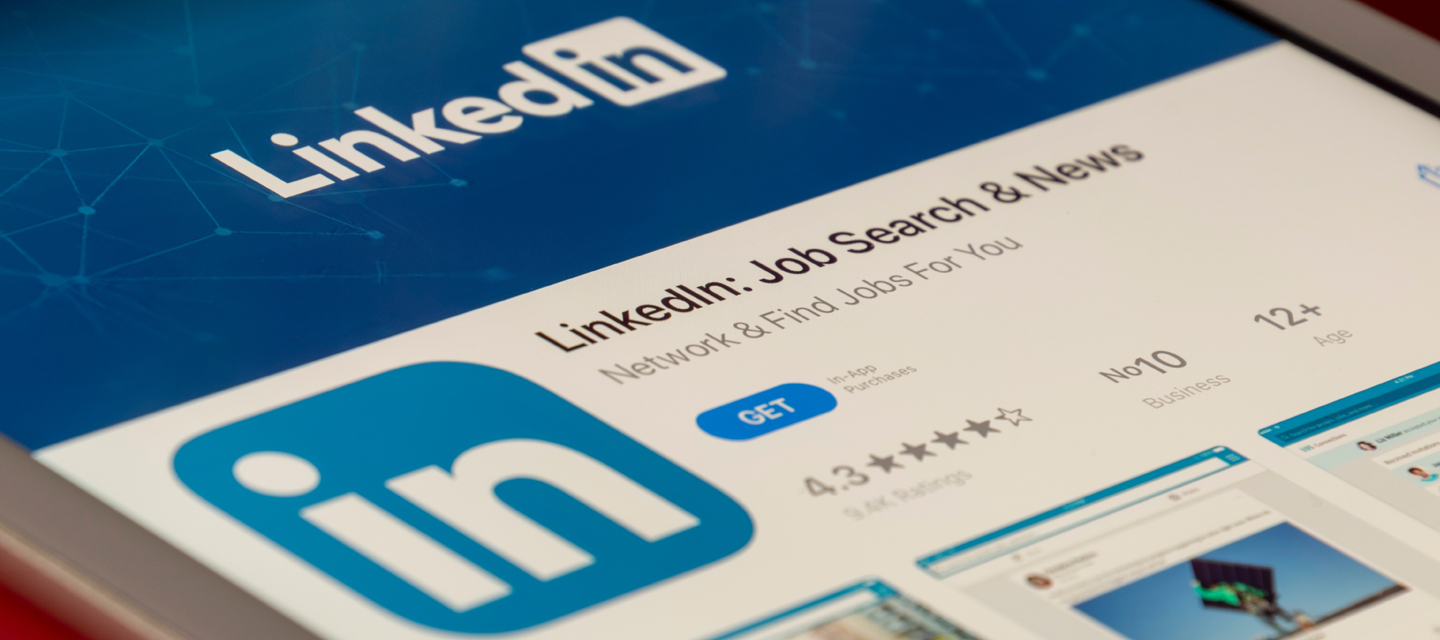Re-platforming: 6 things merchants need to know when making the switch
Migrating from your current CMS to one that better fits your needs, learn six things you need to know and more on how re-platforming can help scale up.

Becoming successful (and staying successful) as an online seller demands a supportive, powerful and flexible platform.
Your content management system (CMS) is that platform: it hosts your products, serves your website, and ultimately shapes your entire sales funnel.
In ideal circumstances, a merchant would start out with the ideal platform for their needs — but that doesn’t always happen.
Sometimes the CMS you choose while you’re in the startup phase becomes unsuitable as you scale up, and sometimes a lack of updates sees a previously-great system fall behind the times.
Forging ahead with a platform you’re not satisfied with is a recipe for disaster.
It’ll soak up more of your time, leave you unable to compete on level terms with your competitors, and generally frustrate you in an industry that can be fairly stressful at the best of times.
Thankfully, you don’t have to continue with your original choice.
You have the option of re-platforming: migrating from your current CMS to one that better fits your needs (there are various fantastic options to choose from).
That said, it isn’t an easy process to get through, so you have to be prepared. If you’re an ecommerce seller, here are 6 things that you need to know when moving to a new CMS:
There are many viable methods
How you actually carry out a CMS migration will depend on the circumstances and your choice of approach, because there isn’t a one-size-fits-all method.
You can use something like Cart2Cart to move data between any two mainstream systems, but what of the design? Can you find a way to carry that over?
If you happen to have the original design work, then you may be in luck: a design PSD could easily be ported to your new CMS.
If not, you may need to hire someone to reproduce the theme for you.
Here’s the takeaway: do some investigation before committing to a specific migration approach, and choose whichever one best fits your budget and requirements.
Integrations are important
If you look at two possible alternatives, remember to do more than compare the native features.
Much of what makes a CMS great involves its ability to integrate with other systems and be extended through third-party additions like plugins, extensions or add-ons.
You likely use other software solutions as part of your business — accounting tools, HR suites, etc. — and being able to get everything working together is important (particularly in the B2B world).
For those who wonder why WordPress is so highly-related as an ecommerce solution despite not being one of the slickest platforms around, this is the key reason.
Just about everything will work with it, and its core flexibility makes it exceptional for everything from optimization to iteration (with a suitable management tool, for instance, it’s trivially easy to deploy a staging environment to accommodate ongoing development without impacting the live site).
Sooner is better than later
Once you’ve decided that you need to move to a new CMS, you need to make it your number one priority.
It can be tempting to keep putting it off, but that’s a bad idea: the longer you leave it, the trickier it will be, and migrations often drag on far longer than anticipated.
It’s simply a matter of biting the bullet and accepting that you’ll need to take a hit for the sake of the long term.
You don’t want to let six months slip by and realize that you’re in a worse position because you’ve let the issue fester.
So instead of waiting for the perfect time (which doesn’t exist), do all the prep work, make the arrangements, and just do it.
Your time is valuable
It can be daunting to look at potential alternative systems, particularly when the costs can vary massively.
If you’re still using whichever system you started out with, you may be used to low startup-friendly costs, making an investment in a high-tier service seem incredibly expensive.
What you need to remember is the value of your time: migrating from a self-hosted system to a full-service solution might well raise your costs, but it will likely save you a lot of time and effort, freeing you up to focus on improving the business and bringing in more sales.
Traffic will likely dip for a while
When you migrate a site, you’re likely to suffer some kind of reduction in search performance for a while, even if you keep all the URLs and require no redirects.
This is due to Google’s crawlers picking up the changes and the search algorithm consequently placing your site under consideration while it figures out what to do with it.
This is no reason to panic, though — if you choose a good platform, and cover all the technical SEO basics, everything should go back to normal within weeks (or possibly months).
And once you’ve got back to where you were before, you’ll have a much greater chance of reaching further heights.
You have to minimize downtime
Once you’ve started your migration, it’s imperative that you bring it to a conclusion as soon as possible — even if you need to work late nights and early mornings, you have to get it done.
Ecommerce businesses are like sharks: they need to keep moving or they die, and you can’t sell anything when your site is in the midst of a migration.
What’s more, every time someone tries to visit your site and finds it down, your reputation will be slightly damaged.
Earlier, we noted the value of using a staging environment, and it’s important to keep that in mind here.
Some elements of your site can wait, but everything significant must be present when you put the new site live (particularly for EAT). Including SEO migration services when making any change to your website, whether they be front-end or back-end changes, is key to ensuring you keep the core elements in place and maintain site performance.
Get the site fairly polished before you even start the migration, and the process should be reasonably smooth.
Migrating to a new e-commerce platform is often worthwhile, but it’s always tricky — so don’t take it lightly. Keep each of these six things in mind as you create and execute your migration plan, and you should have a much easier time.
More insights from the team


